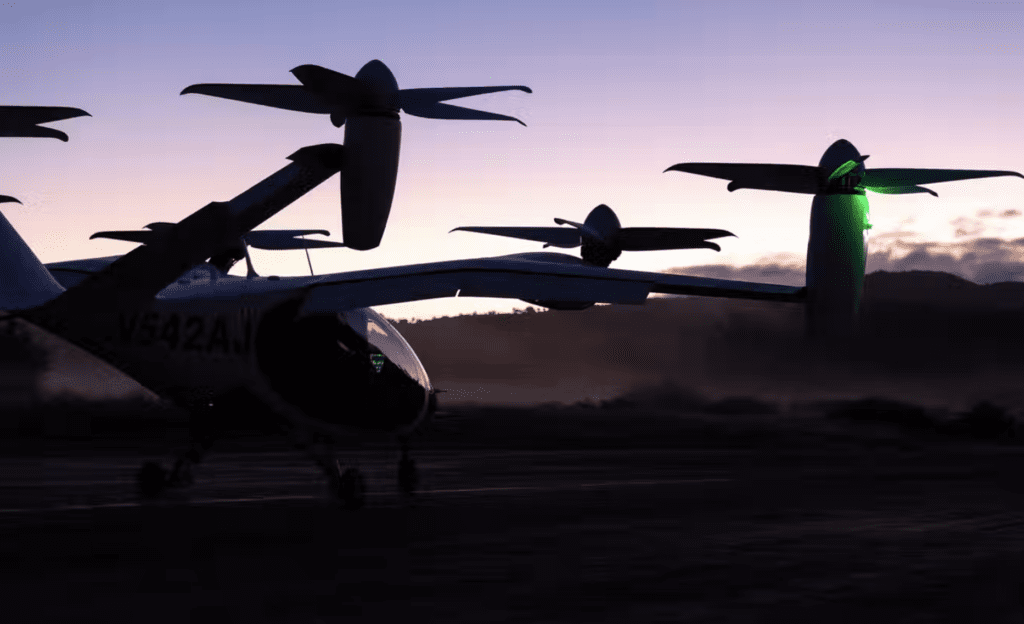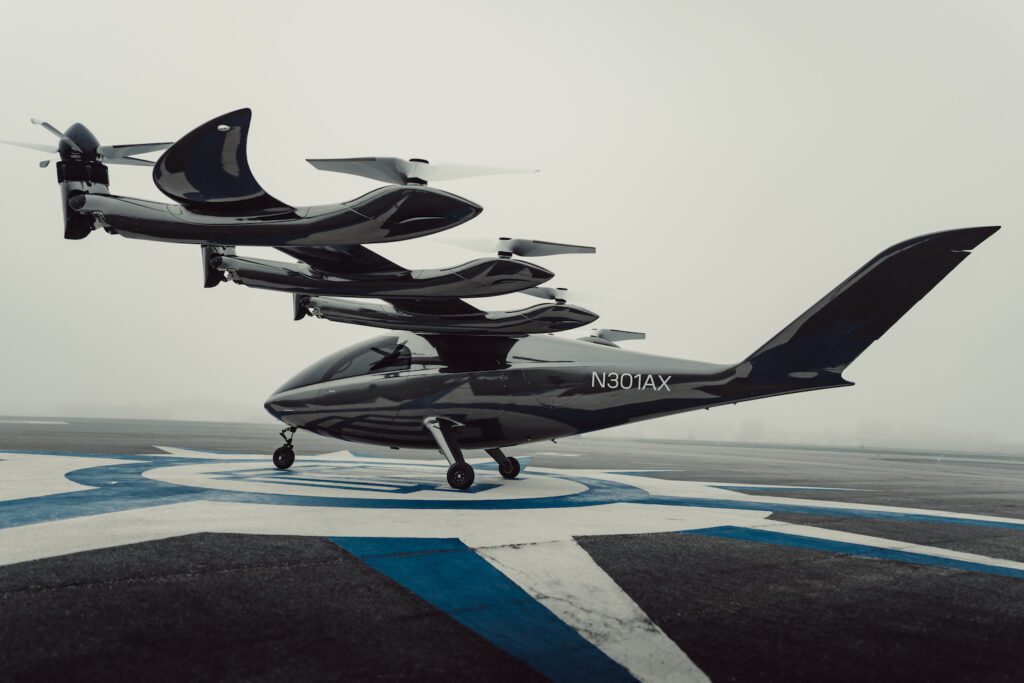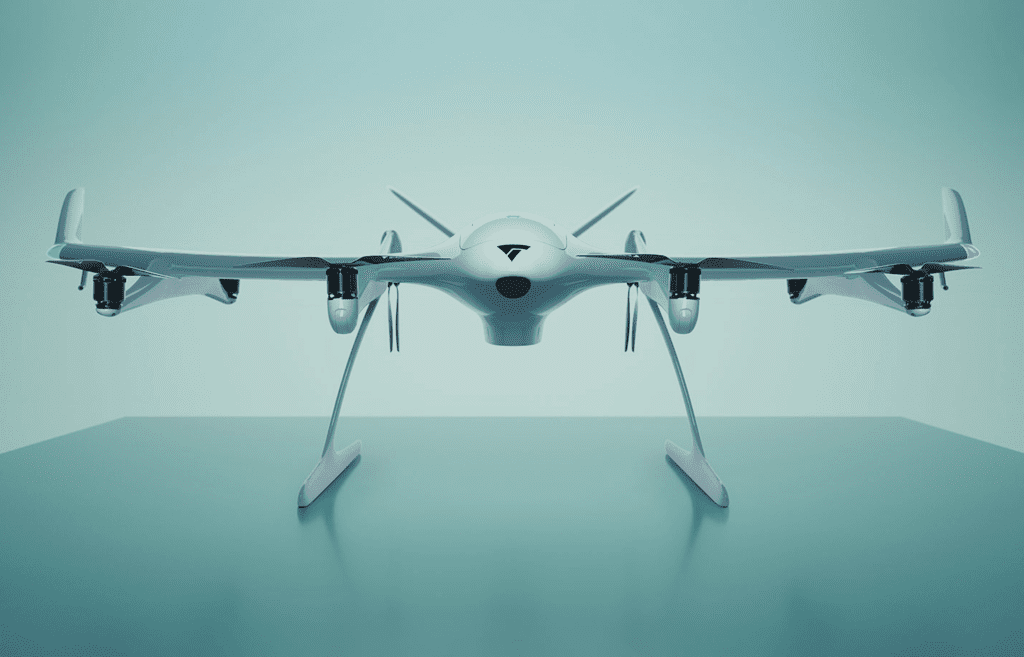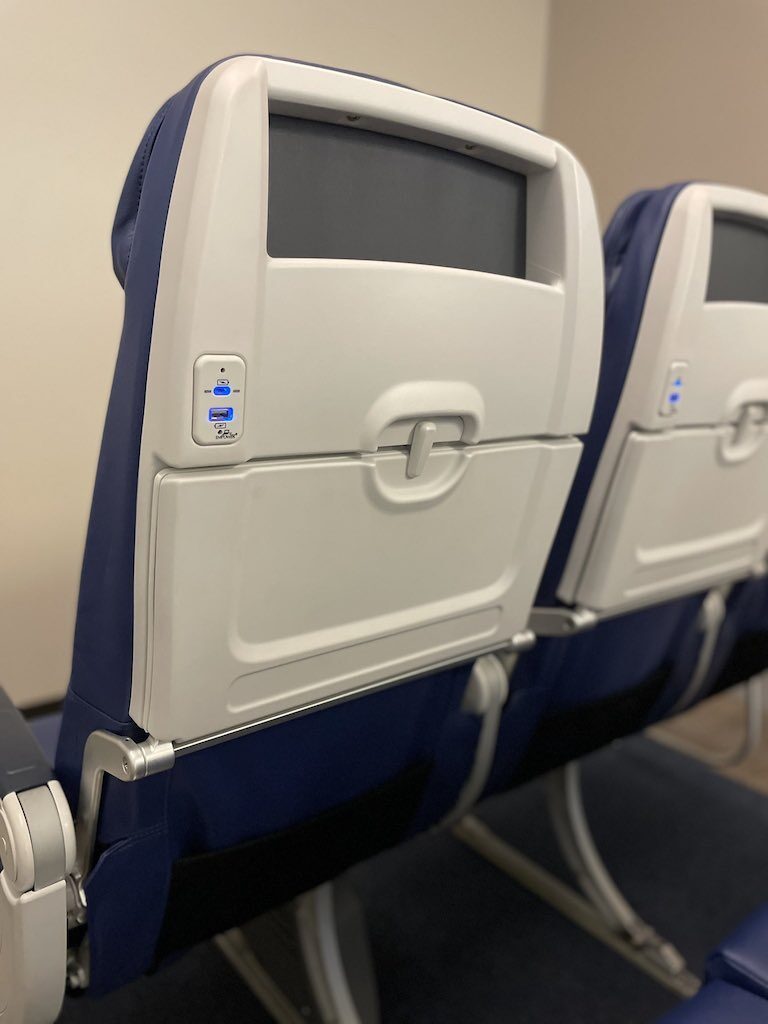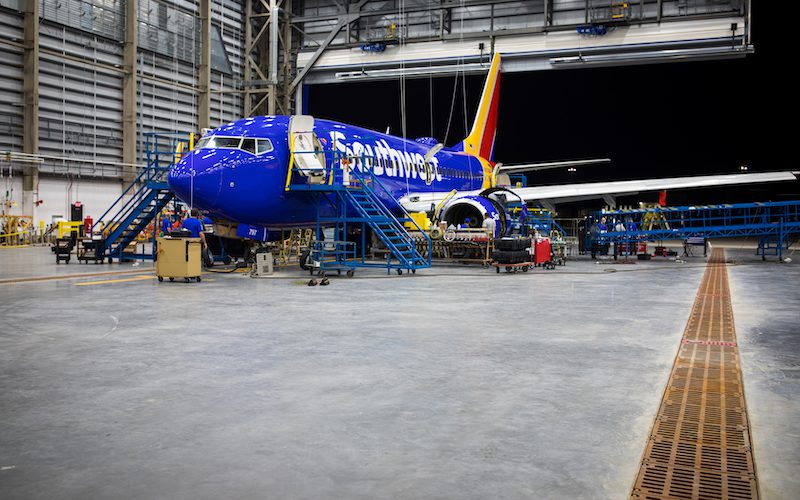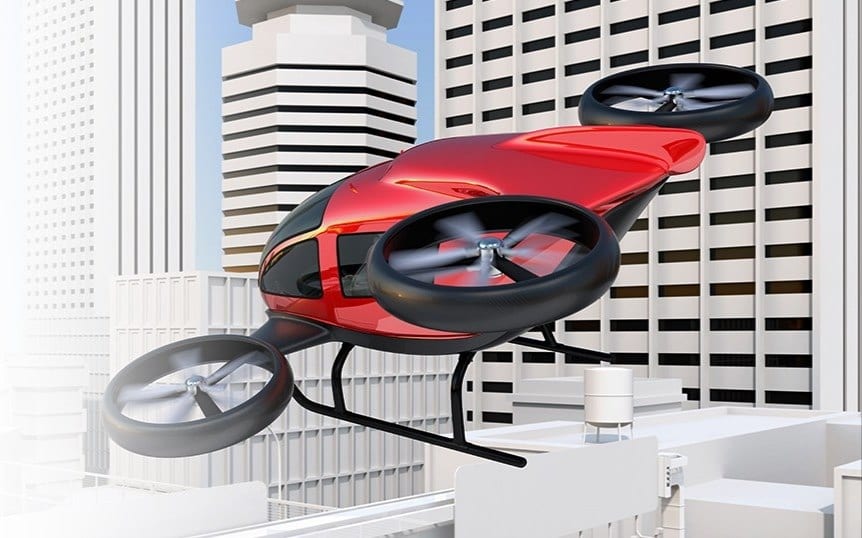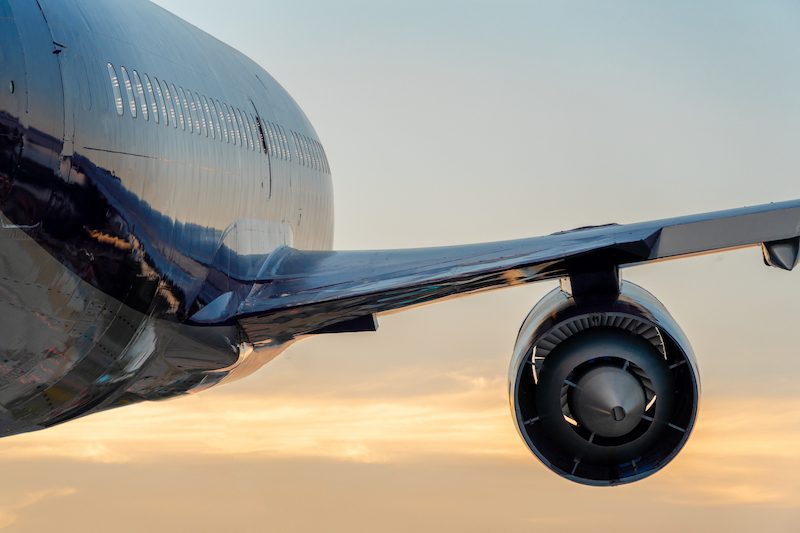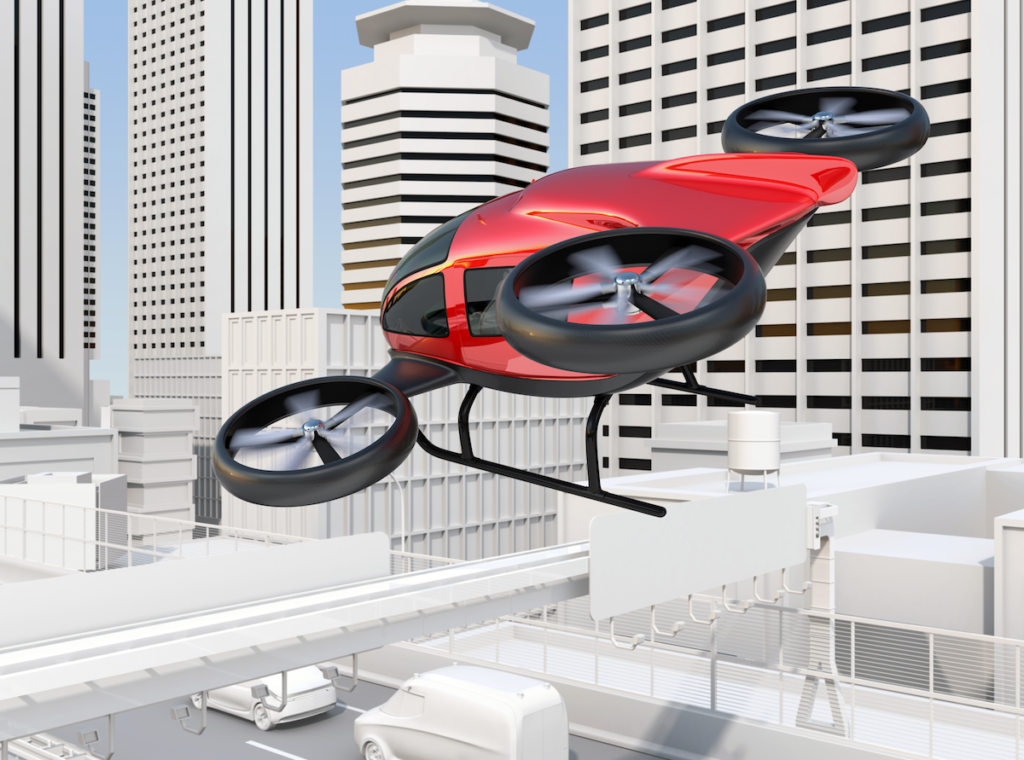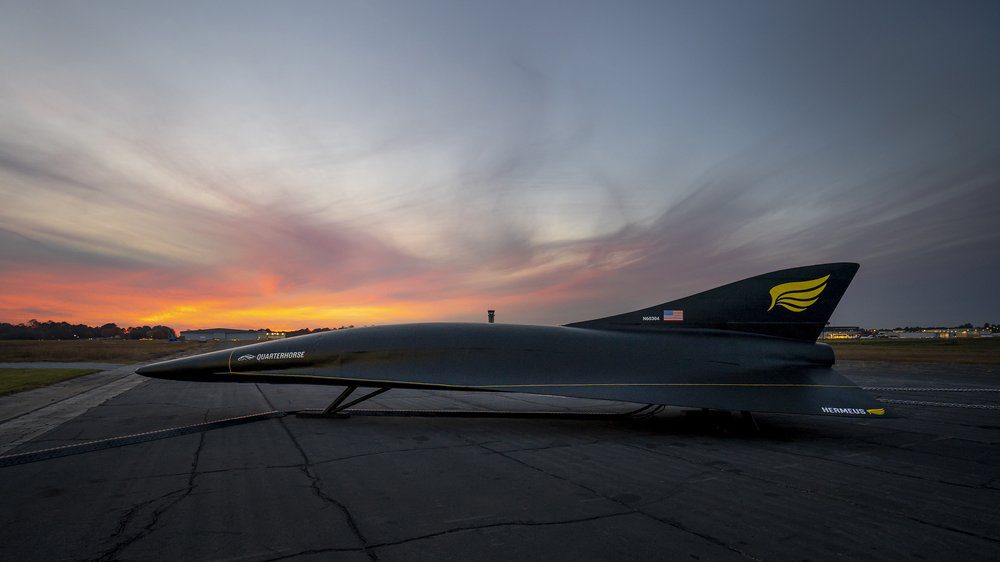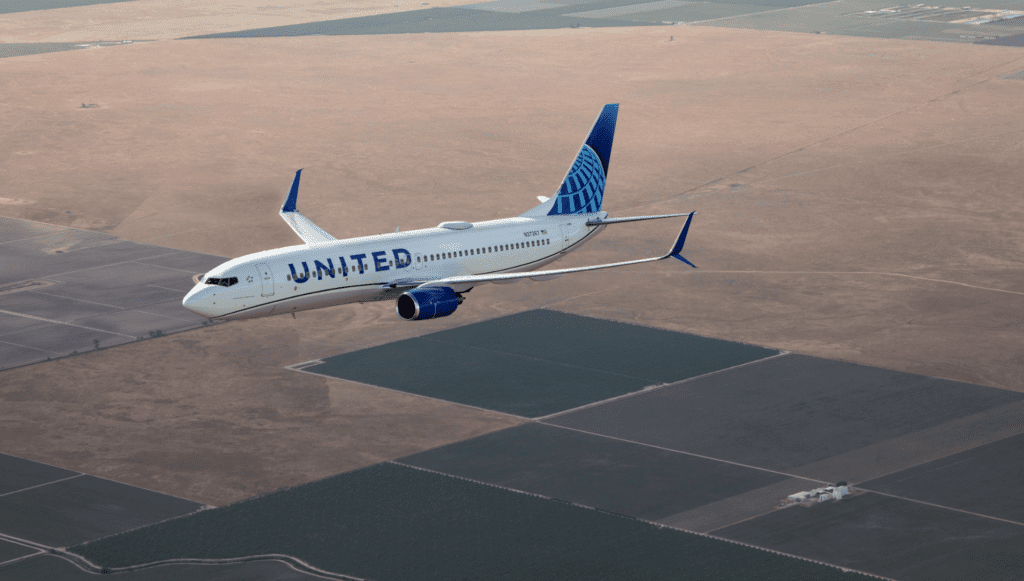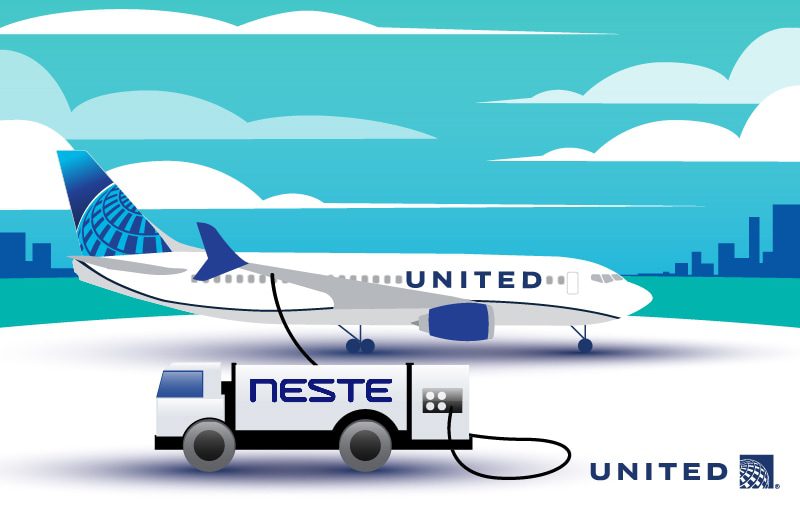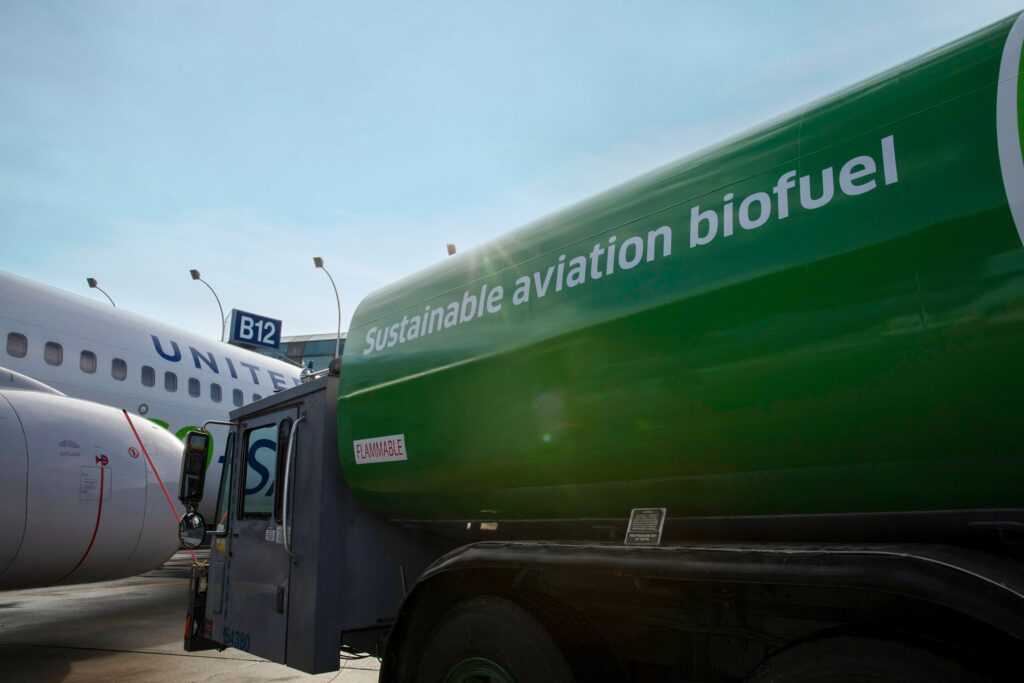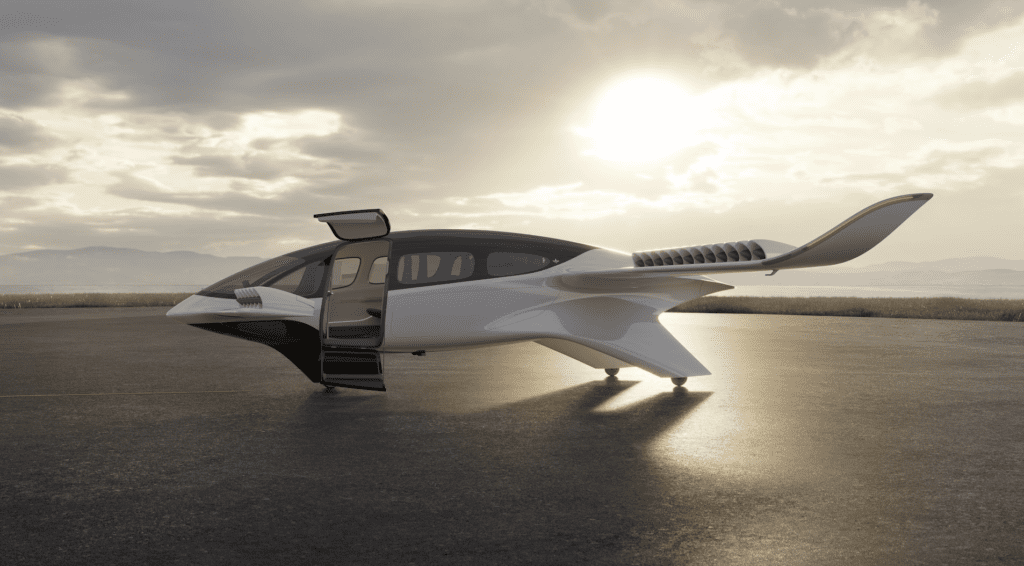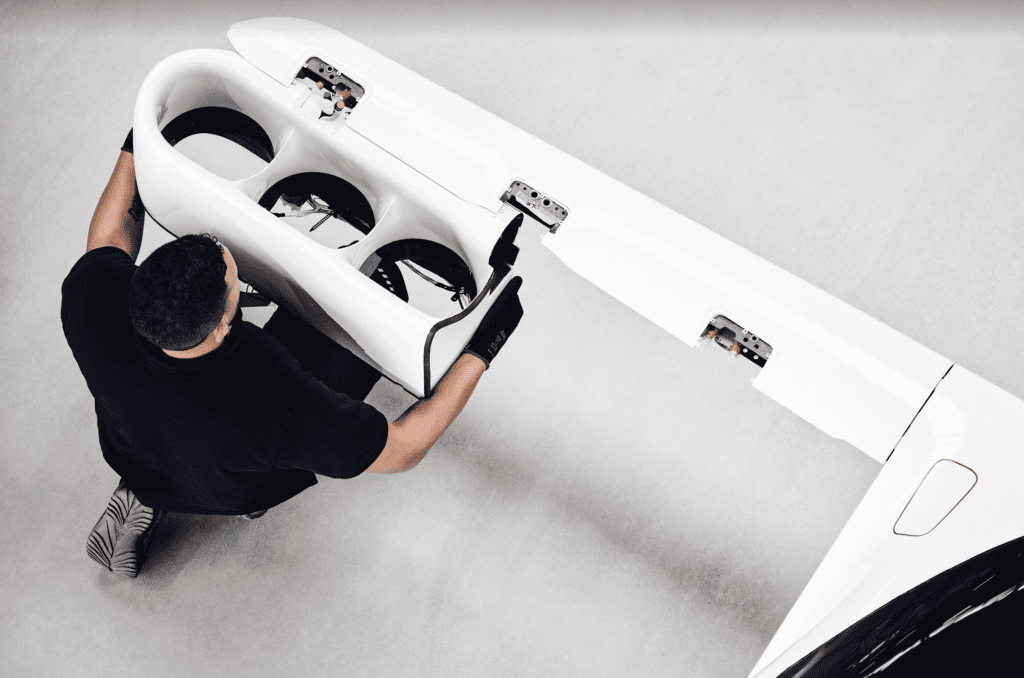Urban Movement Labs Is Bringing Advanced Air Mobility to Los Angeles


Overair has joined the Urban Air Mobility Partnership, led by Urban Movement Labs, to advance UAM operations in Los Angeles. Other partners include Volocopter, Skyroads, and Helinet. (Photo, courtesy of Skyroads)
Overair, the company developing the Butterfly eVTOL (electric vertical take-off and landing) aircraft, and Urban Movement Labs have entered into a new partnership which was announced this week. Urban Movement Labs, or UML, is an organization based in Los Angeles seeking to define problems with transportation and explore solutions to these problems through collaboration with businesses and public sector partners. The organization leads a program called the Urban Air Mobility Partnership, which includes the Los Angeles Department of Transportation (LADOT), Volocopter, Helinet, Skyroads, and now Overair.
Based in Santa Ana, California, Overair is now looking to bring its eVTOL vehicle to Los Angeles and build the necessary infrastructure for urban air mobility (UAM) services there. Overair is planning to begin commercial operations in 2026. Its Butterfly aircraft will be able to transport passengers or cargo at speeds of up to 200 miles per hour, and a maximum distance of 100 miles.
Overair and UML aim to take a collaborative approach in implementing safe and sustainable UAM technology through engagement with the community, government, and industry. More specifically, Overair will evaluate the noise impact of eVTOL aircraft on communities, and the company will coordinate with other members of the Urban Air Mobility Partnership to develop plans for establishing UAM infrastructure in Los Angeles.
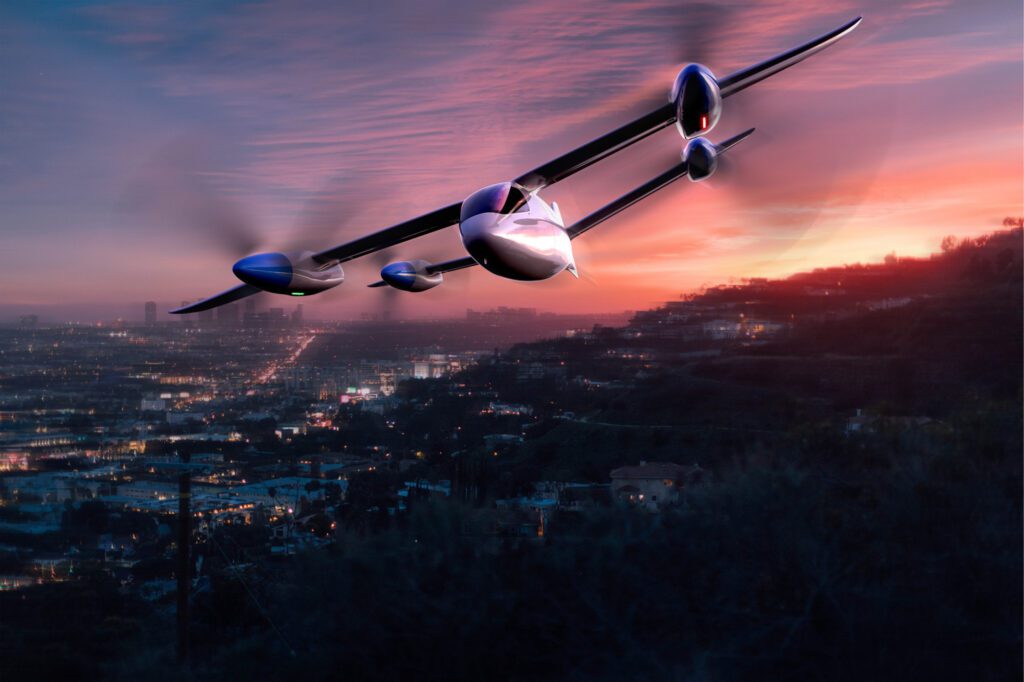
Overair will explore the applications for its Butterfly eVTOL aircraft in Los Angeles in partnership with UML. (Photo courtesy of Overair)
“The Los Angeles metro area can benefit greatly from advanced air mobility, given the increased travel times in Southern California on a daily basis,” explained Overair’s CEO and co-founder, Ben Tigner. “Working together with UML on planning efforts grounded in community engagement, we’re on the path to providing reliable, affordable, equitable, and sustainable transportation options to the city of Los Angeles and surrounding areas.”
The team at Urban Movement Labs is optimistic about the addition of Overair to their UAM Partnership. By leveraging Overair’s current technology, UML will have more opportunities to engage with the communities in Los Angeles and inform them regarding planned UAM operations, stated UML Executive Director Sam Morrissey.
Last week, Urban Movement Labs announced another company joining the UAM Partnership. Skyroads, developer of intelligent systems for scaling advanced air mobility, will collaborate with the City of Los Angeles in addition to UAM operators and OEMs to study applications for its systems. Skyroads has developed two solutions that could be key for the future UAM: the Automated Airspace Management and Vehicle Guidance Systems.
According to the announcement from UML, the technology offered by Skyroads will integrate safe drone and eVTOL operations into the urban airspace. Their Automated Airspace Management System is a new decentralized networking system for the intelligent infrastructure that will be required to ensure safety and efficiency in air traffic management, and especially in complex urban airspaces.
Achim Kostron, Chief Commercial Officer at Skyroads, commented on the new partnership: “New methods of multi-agency coordination need to be tested to bring all relevant stakeholders to the table and assure that all preconditions for this new transport mode are met. Jointly with UML, we are making sure this happens in a sustainable and socially beneficial way.”
Yet another company joined UML in its UAM Partnership last month. Aviation operator Helinet will assist in exploring integration of new eVTOL technology into their operations in a way that reduces impact on the community. Helinet brings a wide range of expertise in chartered passenger travel, time-sensitive transportation of medical supplies, rapid parcel delivery, aerial firefighting, and filming from the sky. Helinet can also contribute knowledge of requirements for ground-based infrastructure—such as optimal capacities for electric charging stations.
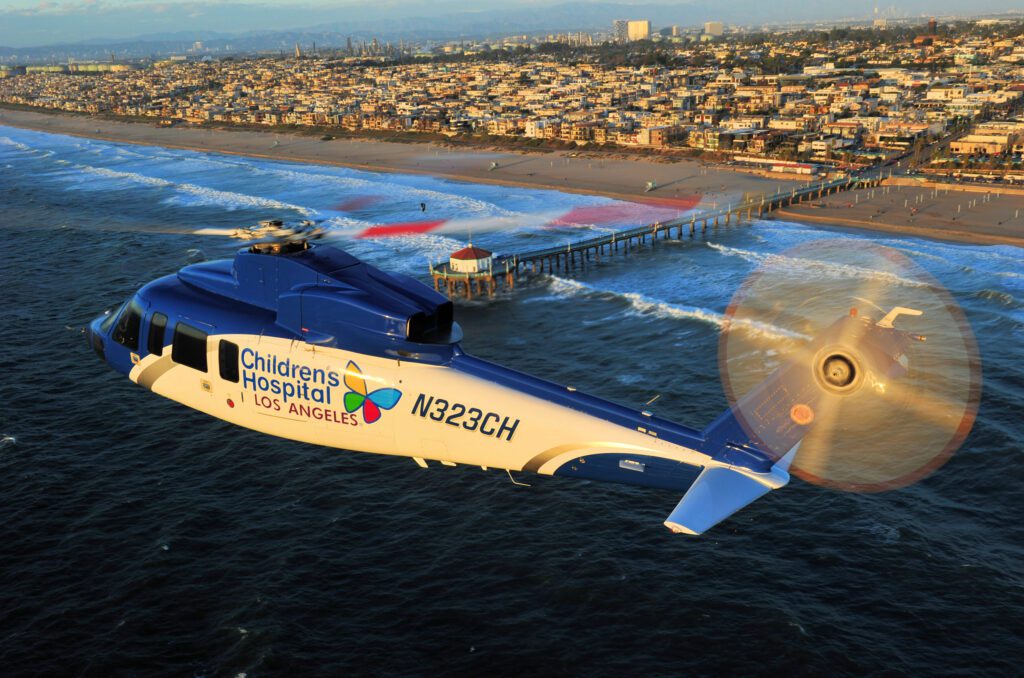
UML announced that Helinet joined as a new partner at the end of April. This partnership will explore how aviation operators could integrate new eVTOL technology into operations to reduce community impacts. (Photo courtesy of Helinet)
The Helinet team will be involved in testing advanced air mobility aircraft and exploration of potential routes. UML’s Sam Morrissey noted that the UAM Partnership will benefit from Helinet’s expertise, which will “inform policy development for both aerial operations and ground-based infrastructure needs,” he said. “Additionally, the social-focused use cases, such as transporting critically ill children to hospitals, organ delivery, and firefighting missions, represent a huge value to the partnership members.”
The UAM Partnership was first announced by Los Angeles Mayor Eric Garcetti at the end of 2020. “The Urban Air Mobility Partnership will make our city a force for cleaner skies, safer transportation, expanded prosperity, and stunning innovation, and provide a template for how other local governments can take this new technology to even greater heights,” Garcetti stated. The UAM Partnership initially began as a year-long project, but it continues to evolve as a key force in the advanced air mobility industry.
The post Urban Movement Labs Is Bringing Advanced Air Mobility to Los Angeles appeared first on Aviation Today.
—————
Boost Internet Speed–
Free Business Hosting–
Free Email Account–
Dropcatch–
Free Secure Email–
Secure Email–
Cheap VOIP Calls–
Free Hosting–
Boost Inflight Wifi–
Premium Domains–
Free Domains







